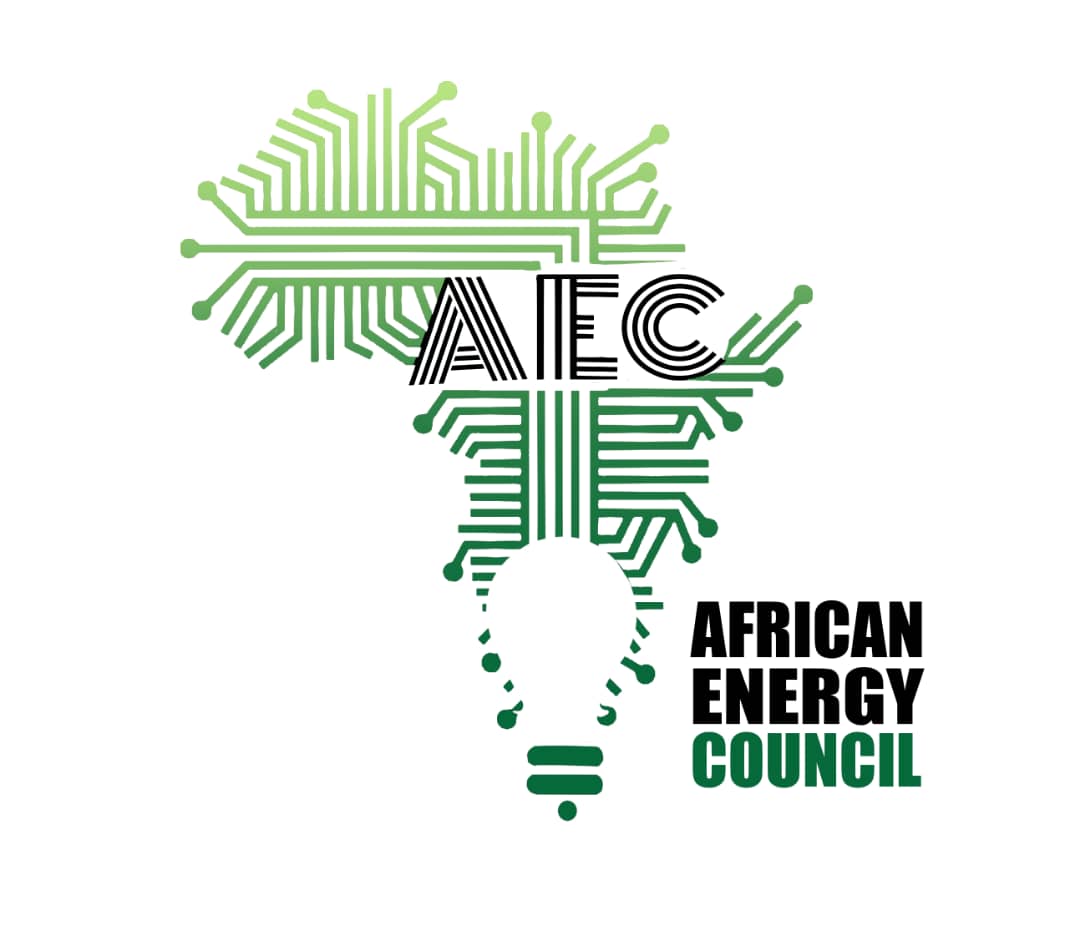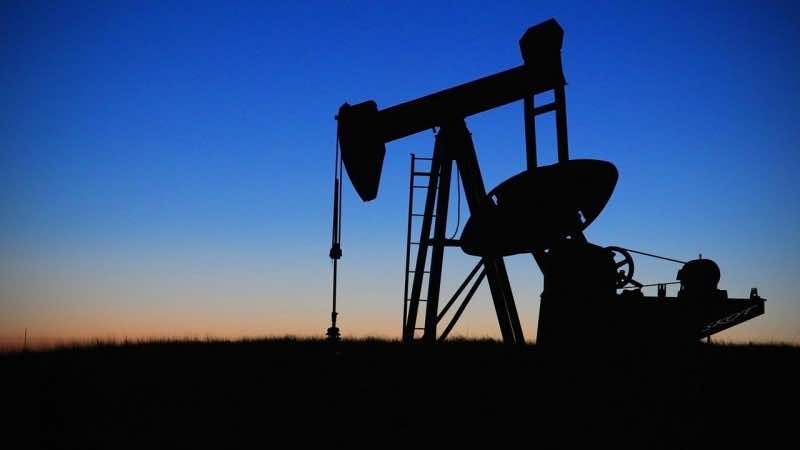The petroleum sector is actively enhancing its research and exploration efforts for oil and gas, with the goal of both maintaining and increasing production rates. As part of the research and exploration plan until 2030, the sector intends to invest approximately $4.8 billion to drill 110 exploratory gas wells.
The research and exploration plan for 2023–2024–2025 includes drilling 35 wells with investments amounting to $1.6 billion and estimated gas reserves amounting to about 35.4 trillion cubic feet.
A total of 10 exploratory wells were drilled during the years 2022–2023, with investments of $300 million, adding 2.6 trillion cubic feet of gas.
The research and exploration plan during the period from 2026 to 2030 also includes drilling 65 wells with investments of $2.9 billion.
Over the past nine years, the petroleum sector has succeeded in achieving unprecedented results, as research and exploration areas have increased by offering new global bids in various geological basins while using modern marketing methods through a new digital platform, “Egypt Digital Gateway for Exploration and Production (EUG).”
As well as using advanced technology to improve the quality of seismic survey images and increase production in obsolete areas and fields.The signing of border demarcation agreements with Cyprus, Greece, and Saudi Arabia contributed to benefiting from the petroleum wealth in both the Mediterranean and Red Sea regions, increasing research and exploration work, and creating new exploratory opportunities such as Zohr.
From July 2014 to June 2023, the government issued 120 petroleum agreements through the law, requiring a minimum investment of $22.3 billion, drilling at least 452 wells, and granting $1.3 billion in signatures.
One of the most significant achievements involves successfully attracting new foreign companies, including Chevron, ExxonMobil, Total, Woodside, and Qatar Energy, for the first time.

